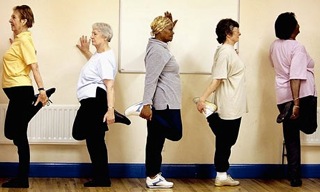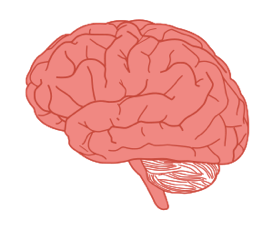At some point in our lives, we have been admonished by others, and frequently by our own selves, to “stand up straight”. Like me, you may have even agreed to a postural assessment that revealed a surprising variety of twists and turns in your sp ine. Many of my students are earnestly searching for the sure solution to this lifelong struggle.
ine. Many of my students are earnestly searching for the sure solution to this lifelong struggle.
“What is good posture?” This question opens the chapter for Lesson 1 In Moshe Feldenkrais’ book Awareness Through Movement. Moshe wrote that we try “standing up straight” in various ways, yet we cannot maintain those positions without continuous effort. “Good” posture is often a constant struggle, and one in which we experience frequent failure.
Moshe noted “the word ‘straight’ is misleading because it doesn’t give us details that can help. Additionally, the geometric idea of straight is a static notion, as we humans have incredible dynamic potential. He noted, “From the dynamic point of view, every stable posture is one of a series of positions that constitute a movement.” Hence, posture is constantly changing because it is inherently dynamic. Anyone who has suffered the discomfort of a tweaky back muscle inherently recognizes this.
When our skeletons are enabled to participate as a supportive frame in gravity, our muscles are then freed to work with less effort. Energy requirements are reduced. Can you imagine attaining, and then maintaining, elegant posture that is both easy and effortless? Truly, it is possible!
Click here to view Feldenkrais practitioner Rich Goldsand helping three students “rewire” for movement improvement, including posture. Learn more about the Feldenkrais Method and find classes and practitioners at www.feldenkrais.com .
